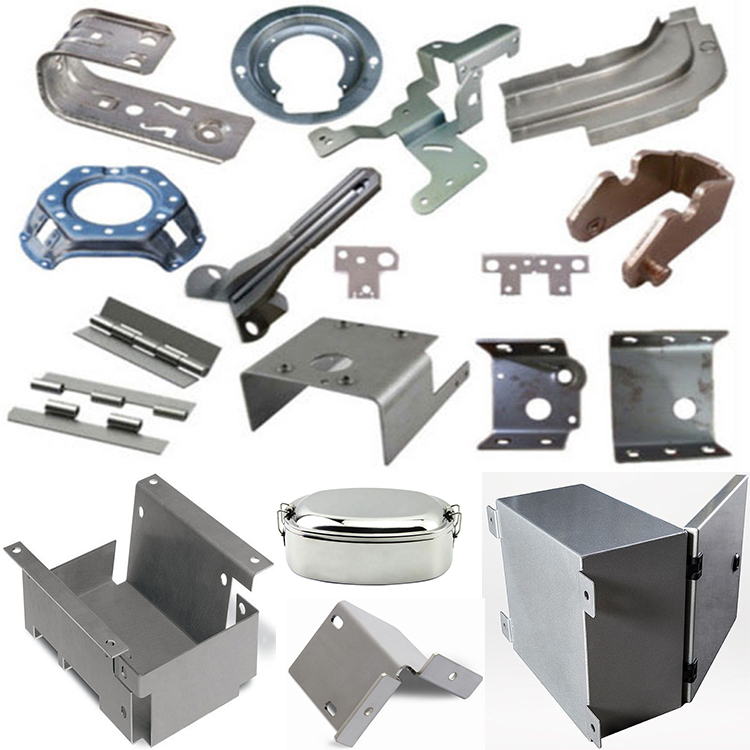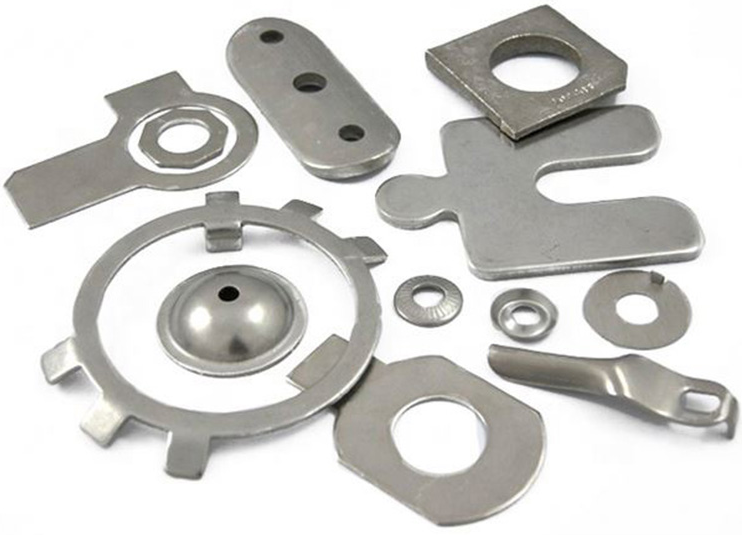
Precision Sheet Metal Processing Surface Treatment Methods
The characteristics of precision sheet metal processing technology can be summarized in one sentence: high processing precision, high degree of automation, fast speed, simple and convenient operation, and high efficiency. There are several specific points to explain:
1.High power density in sheet metal processing: After absorbing sheet metal processing, the temperature of the workpiece rapidly increases and melts or vaporizes. Even materials with high melting points, high hardness, and brittleness (such as ceramics, diamonds, etc.) can be processed using sheet metal processing;
2.The sheet metal processing beam is easy to control: it is easy to combine with precision machinery, precision measurement technology, and electronic computers to achieve high automation and precision in processing;
3. Sheet metal processing is convenient and flexible: In harsh environments or places that are difficult for others to access, robots can be used for sheet metal processing.
4.Wide applicability of sheet metal processing: The divergence angle of the sheet metal processing beam can be less than 1 milliarc, the spot diameter can be as small as micrometers, and the action time can be as short as nanoseconds and picoseconds. At the same time, the continuous output power of high-power sheet metal processing can reach kilowatts to ten kilowatts, making sheet metal processing suitable for both precision micro processing and large-scale material processing;
Precision sheet metal equipment is basically composed of CNC punching machines, bending machines, sheet metal cutting machines, grooving machines, laser cutting machines, and other equipment.
The commonly used surface treatment methods for precision sheet metal processing are:
1.Galvanization;
2.Chrome plating;
3.Spray painting;
4.Electrostatic powder spraying.
Most of the precision sheet metal parts we usually see have patterns on the surface, which are obtained after surface treatment and can effectively protect the sheet metal parts from external factors such as rust and deformation. Surface treatment of sheet metal is an important process in precision sheet metal processing.
Common surface treatment methods for sheet metal processing include wire drawing, sandblasting, baking paint, powder coating, main technical indicators: glossiness, film thickness and color difference, electroplating (mainly plating multicolored zinc, white zinc, black zinc, chrome plating), polishing, and oxidation.









